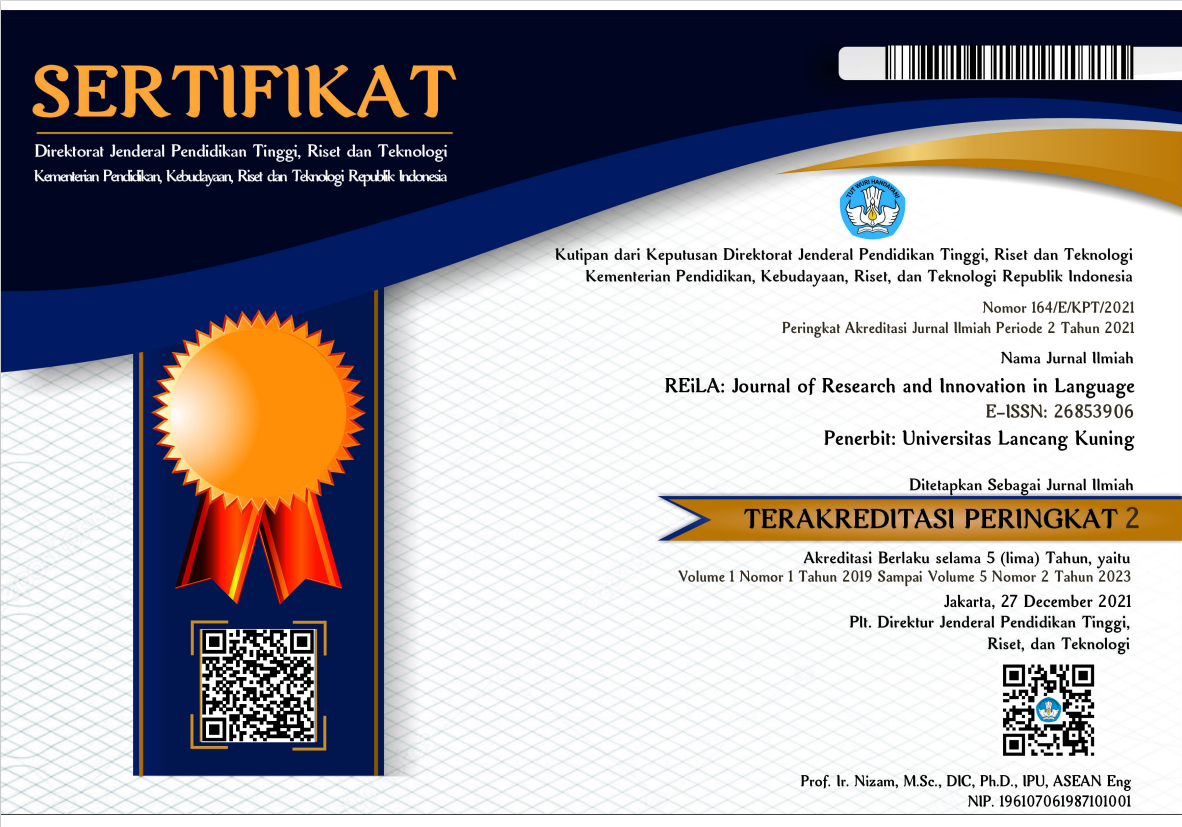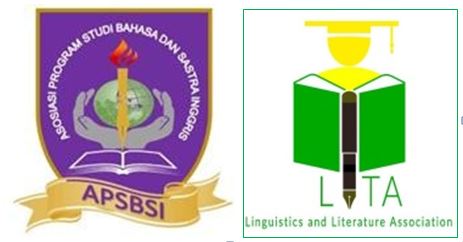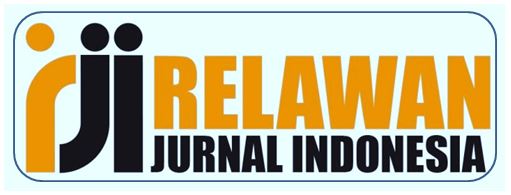Mispronunciation and Substitution of Mid-high Front and Back Hausa Vowels by Yorùbá Native Speakers
Abstract
The mid short vowels: /e/ and /o/ are among the vowels shared between Hausa and Yorùbá but differ in Hausa mid-high long, front and back vowels: /e:/ and /o:/. The phonemic differences in the two languages have caused learning difficulties among the Yorùbá native speakers to achieve their second language learning desire and competence. Yorùbá-Hausa learners mispronounce certain disyllabic Hausa words due to the substitution of vowels in the first and second syllables. Thus, both lexical and grammatical meanings of the Hausa words are affected. This study examined the production of the 12 Hausa vowels by level 1 and level 3 students who were learning Hausa as a second language to determine if there was a significant difference in how level 1 and level 3 students pronounced the short and long mid-high, front and back Hausa vowels. 88 Yorùbá native speakers were recruited using purposive sampling. Twenty-four different wordlists extracted from Bargery's (1934) Hausa-English dictionary and prepared in carrier phrases were audio-recorded. It was a mixed-method, and the results were discussed within the theoretical framework of Flege and Bohn's (2020) Revised Speech Learning Model and Corder's (1967) 'Error Analysis Model'. The results of the Mann-Whitney U test revealed that participants in level 1 generally performed lower than level 3 participants in the pronunciation of mid-Hausa vowels due to substitutions. Such errors have pedagogical implication in learning Hausa as a second language, and if not addressed accordingly, the standard of Hausa will continue to fall at an undesirable and alarming rate.
Downloads
References
Abdullahi, J. (2018). Cross-language perception and production of stops and fricatives among Malay and Hausa native speakers. Unpublished PhD thesis, Universiti Putra, Malaysia.
Abubakar, A. (1999). Depalatalisation in Hausa: A generative approach. Maiduguri Journal of Linguistics and Literary Studies, 1, 1-19.
Abubakar M. K. (2014). Pronunciation problems of Hausa speakers of English: The case of Nigerian students in North Cyprus. Unpublished M.A. thesis, Department of English Language Teaching, Near East University.
Abubakar, M. I., Maikanti, S. & Ago, S. A. (2014). Hausa and English syllable structure for educational development. Police Academy Journal of English, Linguistics and French (POLACJELF), 1(2), 4-15.
Adegbite, W. & Akindele, F. (1999). The sociology and politics of English in Nigeria: An introduction. Ile-Ife: OAU Press Limited.
Adejubee, S., & Kammelu, N. C. (2010). Comparative study of the vowel harmony system (vhs) in Igbo and Yorùbá. Akungba Journal of Linguistics and Literatures, 1(2), 1-18.
Adekunle, O. G. (2014). Deviant Realization of Foreign Vowels in the Speech-Form of Yoruba-English Nigerian Bilinguals. Open Journal of Modern Linguistics, 4(05), 720-727.
Akínkùgbé, O. O. (1978). A Comparative phonology of Yorùbá dialects; Iṣẹkiri and Igala. Unpublished PhD thesis, Department of linguistics, University of Ibadan, Nigeria.
Akinlabi, A. (2007). Category change as vowel reduction. Proceeding. In The thirtieth Generative Linguistics in the Old World conference (GLOW XXX). Tromsø, Norway.
Arokoyo, B. E. (2012). A comparative phonology of the Olùkùmi, Igala, Owe and Yorùbá languages. Paper presented for the International Congress "Towards Proto-Niger-Congo: Comparison and Reconstruction", Paris, 18-21 September 2012. pp. 10.
Ata, M. I. (2015). An acoustic study of Nigerian English vowels produced by Hausa speakers. Unpublished M.A. dissertation, University of Malaya, Malaysia.
Baba, A. T. (1998). The morpho-phonological alternations in the Hausa verbal form. Sonderforschungsbereich 268 an der Johann-Wolfgang-Goethe-Univ.Frankfurtam Main.
Babarinde, O. (2017). Nasalisation in Yorùbá: The Onko dialect perspective. Unpublished PhD thesis, Department of linguistics, Igbo and other Nigerian languages, University of Nsukka, Nigeria.
Blench, R. M. (2014). The origins of nominal affixes in MSEA languages: Convergence, contact and some African parallels. Languages of Mainland Southeast Asia: The State of the Art, 550-577.
Blench, R. M. (2019). An atlas of Nigerian languages 2019 edition. Cambridge CB1 A2 L, United Kingdom: McDonald Institute of Archiological Research.
Bargery, G. P. (1934). Hausa-English dictionary and English-Hausa vocabulary. London: Oxford University Press.
Broselow, E. (1999). Stress, epenthesis, and segment transformation in Selayarese loans. Annual Meeting of the Berkeley Linguistics Society, 25(1), 311-325.
Corder, S. P. (1967). "The significance of learners' errors". International Review of Applied Linguistics, 5, 160-170.
Creswell, J. W. (2014). Research design: Qualitative, quantitative and mixed methods approaches (4th ed.). London: Sage Publications Ltd.
Diettes, V. & Johanna, K. (2014). Vowel reduction phenomena by Colombian-Spanish speakers of l2 English: An acoustic study. Forma y Función, 27(1), 11-43.
Eberhard, D. M., Gary, F. S., and Charles D. F. (eds.) (2020). Ethnologue: Languages of the World. Twenty-third edition. Dallas, Texas: SIL International.
Eme, C. A., & Uba, E. D. (2016). A contrastive study of the phonology of Igbo and Yorùbá, 17, 1-20. Online retrieved on 23/5/2018 from http://dx.doi.org//10.4314/ujah.v17i1.4.
Fagge, U. U. (2012). Hausa language and linguistics. Zaria, Nigeria: Amadu Bello University Press Ltd.
Federal Republic of Nigeria (2004). National policy on education. Abuja, Nigeria: Ministry of Education.
Fiyinfolu, I. (2019). Pronunciation intelligibility of Nigerian speakers of English. Unpublished PhD thesis, Department of Media, Culture and Language, University of Roehampton.
Flege, J. E., Bohn, O., & Jang, S. (1997). Effects of experience on non-native speakers’ production and perception of English vowels. Journal of phonetics, 25(4), 437-470. Online retrieved on 16/6/2018 from https://doi.org/10.1006/jpho.1997.0052.
Flege, J. E., & Bohn, O. S. (2020). The revised speech learning model (SLM-r). Online retrieved on 24/10/2020 from https://www.researchgate.net/publication/342923320_The_revised_Speech_Learning_Model.
Forghema, N. I. (2019). Vowel alternations in the Kom language. BAJOLIN, 6(1), 106-128.
Ghauri, P. & Gronhaug, K. (2005). Research methods in business studies. Harlow: Prentice Hall.
Gordon, R. G., Jr. (ed.), (2005). Ethnologue: Languages of the World, fifteenth edition. Dallas, Texas: SIL International. Online retrieved on 8/10/2018 from http://www.ethnologue.com/15.
Gwet, K. L. (2008). Computing inter-rater reliability and its variance in the presence of high agreement. British Journal of Mathematical and Statistical Psychology, 61, 29-48.
Hao, Y. C. (2012). Second language acquisition of Mandarin Chinese tones by tonal and non-tonal language speakers. Journal of phonetics, 40(2), 269-279.
Holten, E. H., & Burnett, M. B. (1997). Qualitative research methods. In R. A. Swanson, & E. F. Holton (Eds.), Human resource development research handbook: Linking research and prentice (pp. 623-649). San Francisco: Berrett-Koehler Publishers.
Hopkins, W. G. (2000). Quantitative research design. Sportscience, 4(1), 1-8.
Hussain, K., Mahmood, R., & Mahmood, M. A. (2011). Vowel substitution: A comparative study of English loans in Punjabi and Urdu. International Journal of Linguistics, 3(1), 1-13.
Igboanusi, H. S. (2006). A comparative study of the pronunciation features of Igbo English and Yorùbá English speakers of Nigeria. English Studies, 87(4), 490-497.
Ilòrí, J. F. (2010). Yorùbá and French phonemics: Implications for FL teaching and learning. Journal of the Linguistic Association of Nigeria, 13, (2) 373-389.
Jaggar, P. (2001). A reference grammar of Hausa. Philadelphia Pennsylvania: John Benjamins.
Kennedy, K. N. (2017). Vowel substitution of English loanwords in Bemba. International Journal on Studies in English Language and Literature (IJSELL), 5(8), 30-41.
Kenstowicz, M. (2007). Salience and similarity in loanword adaptation: a case study from Fijian. Language Sciences, 29(2-3), 316-340.
Keshavarz, M. H. & Khamis, A. M. (2017). An investigation into pronunciation problems of Hausa speakers, learners of English. International Online Journal of Education and Teaching (IOJET), 4(1), 61-72.
Koerich, R. D. (2002). Perception and production of word-final vowel epenthesis by Brazilian EFL students. Unpublished doctoral dissertation. Florianopolis: Universidade Federal de Santa Catarina.
Leben, W. R. (1970). The morphophonemics of tone in Hausa. U.S.: Eric IES Institute of Education Sciences.
Leung, A. (2008). Tonal assimilation patterns of Cantonese L2 speakers of Mandarin in the Perception and production of Mandarin tones. Unpublished PhD dissertation, University of Toronto.
Mahmoud, B. (2017). Phonological interference of Ebira in the Hausa spoken by Okene speech community. Unpublished M.A. thesis, Bayero University Kano, Nigeria.
Maiunguwa, A. (2015). Perception and production of English fricatives by Hausa speakers. Unpublished M.A. dissertation, University of Malaya, Kuala Lumpur, Malaysia.
Malah, Z. & Rashid, S. Md. (2015). Contrastive analysis of the segmental phonemes of English and Hausa languages. International Journal of Languages, Literature and Linguistics, 1,(2), 106-112. Online retrieved on 11/10/2018. DOI:10.7763/IJLLL.2015.V1.21.
Mchugh, M. L. (2012). Inter-rater reliability: The kappa statistics. Biochemia Med (Zegreb), 22(3), 276-282.
Miao, R. Q. (2005). Loanword adaptation in Mandarin Chinese: Perceptual, phonological and sociolinguistic factors. PhD dissertation, Stony Brook, NY: Stony Brook University.
Migrant & Seasonal Head Start Technical Assistance Center (2006). Introduction to data analysis handbook. Washington, D. C.: Academy for Educational Development.
Mohammed, K. B. (2011). Effects of mother tongue interference in second language acquisition: A case study of native Hausa learners of English language. Unpublished B.A. project, Department of English and French, Bayero University, Kano, Nigeria.
Newman, P. (1995). Hausa tonology: complexities in an 'easy' tone language. In J. Goldsmith (ed.), The handbook of phonological theory (PP. 762-781). Cambridge, MA: Basil Blackwell.
Newman, P. (2000). The Hausa language: An encyclopedic reference grammar. New Haven: Yale University Press.
Ojo, G. A. (2004). A descriptive phonological study of the phonotactic constraints in the code- mixed Yorùbá-English bilingual lexicon. Unpublished PhD thesis, Ado-Ekiti, Ekiti State University, Nigeria.
Olusola, O. A. (2015). Comparative study of English and Yorùbá morphological system-implication for Nigerian teachers and learners of English. International Journal of English Language and Linguistic Research, 3(4), 1-8.
Olúwadọrọ̀, J. O. & Abiloa, A. (2016). Olukumi: A dialect of Yorùbá in diaspora. Papers in English and Linguistics (PEL), 17, 320- 332.
Qin, Z., & Mok, P. P. K. (2013). Discrimination of Cantonese tones by speakers of tone and non-tone languages. Kansas Working Papers in Linguistics 34. Online retrieved on 20/11/2019 from https://kuscholarworks.ku.edu/handle/1808/12864.
Salisu, T. & Grema, M. (2018). A study of automatic assimilation and palatalisation in Bade language. Yobe Journal of Language, Literature & Culture (YOJOLLAC), 6, 102-109.
Samson, G. Y., Abdullahi, A., & Olagunju, T. S. (2014). Mother tongue interference in the pronunciation of English sounds by Yorùbá language speakers. Academia. Edu. Online retrieved on 23/8/2020, 1-6.
Sani, M. A. Z. (2005). An introductory phonology of Hausa with exercises. Kano: Benchmark Publishers Limited.
Sani, M. A. Z. (2007). Tsarin sauti da nahawun Hausa. Ibadan: University Press.
Sharp, J. L., Mobley, C., Hammond, C., Withington, C., Drew, S., Stringfield, S., & Stipanovic, N. (2012). A mixed-methods sampling methodology for a multisite case study. Journal of Mixed Methods Research, 6(1), 34-54.
Shehu, A., & Njidda, I. U. (2016). Tone realisation in Hausa spoken by Fulfulde native speakers. Online retrieved on 5/10/2019 fromhttps://www.researchgate.net/publication/319306356.
Silverman, D. (1992). Multiple scansions in loanwords phonology: Evidence from Cantonese. Phonology, 9, 289-328.
Sloat, C., Hoard, J. E., & Taylor, S. H. (1978). Introduction to phonology. Prentice-Hall.
So, C. K. (2010). Categorising Mandarin tones into Japanese pitch-accent categories: The role of phonetic properties. In a presentation at INTERSPECH 2010 satellite workshop on “Second Language Studies: Acquisition, Learning, Education and Technology”. Tokyo, Japan.
So, C. K., & Best, C. T. (2010). Cross-language perception of non-native tonal contrast: Effects of native phonological and phonetic influences. Language and Speech, 53(2), 273-293.
Tao, L., & Guo, L. (2008). Learning Chinese tones: A developmental account. Journal of the Chinese Language Teachers Association, 43(2), 17-46.
Taherdoost, H. (2016). Validity and reliability of the research instrument; how to test the validation of a questionnaire/survey in a research. International Journal of Academic Research in Management (IJARM), 5(3), 28-36.
Thomson, R. I., & Derwing, T. M. (2015). The effectiveness of L2 pronunciation instruction: A narrative review. Applied Linguistics, 36(3), 326-344.
Ufomata, T. (2004). Tone and Stress in Contact: the example of English loanwords in Yoruba‖. Forms and Functions of English and Indigenous Languages in Nigeria. Ibadan: Ibadan City Group Publishers.
Wang, Y., Jongman, A., & Sereno, J. A. (2003). Acoustic and perceptual evaluation of Mandarin tone productions before and after perceptual training. The Journal of the Acoustical Society of America, 113(2), 1033-1043.
Williamson, K. & Blench, R. (2000). “Niger-Congo”, in H. Bernd and N. Derek (Eds.) African Languages: An Introduction (PP. 11-42). Cambridge, UK: Cambridge University Press.
Wong, P., Schwartz, R. G., & Jenkins, J. J. (2005). Perception and production of lexical tones by 3-year-old, Mandarin-speaking children. Journal of Speech, Language, and Hearing Research, 48, 1065-1079.
Wu, X., Munro, M. J., & Wang, Y. (2014). Tone assimilation by Mandarin and Thai listeners with and without L2 experience. Journal of Phonetics, 46, 86-100.
Yang, C. (2019). The effect of L1 tonal status on the acquisition of L2 Mandarin tones. International Journal of Applied Linguistics, 29(1), 3-16.
Yusuf, O. (2007). Basic linguistics for Nigerian languages teachers. Port Harcourt: M & J Grand Orbit Communication Ltd.
Zhang, H. (2007). A phonological study of second language acquisition of Mandarin Chinese tones. Unpublished M.A. thesis, University of North Carolina.










